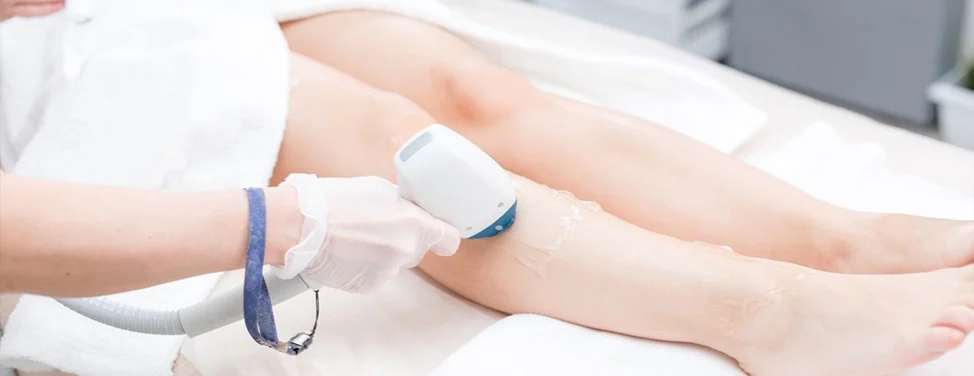South Korea has earned a global reputation as a premier destination for cosmetic surgery, including liposuction. For international patients considering traveling to Korea for this procedure, understanding the country’s liposuction safety standards is essential for making informed and confident decisions.
This comprehensive guide covers what you need to know about the strict safety protocols, certifications, and quality control measures that ensure your liposuction experience in Korea is both safe and successful.
1. Rigorous Licensing and Certification for Clinics and Surgeons
- All clinics performing liposuction in Korea must be licensed by the Ministry of Health and Welfare (MOHW), ensuring compliance with government regulations.
- Plastic surgeons must be board-certified by the Korean Society of Plastic and Reconstructive Surgeons (KSPRS), requiring extensive training and passing strict examinations.
- Surgeons undergo continuous education to stay updated on the latest safety protocols and surgical techniques.
- Many top clinics also hold accreditation from international bodies such as the Joint Commission International (JCI), highlighting their commitment to global safety standards.
2. State-of-the-Art Surgical Facilities
- Korean clinics use modern operating rooms equipped with advanced sterilization technology, minimizing the risk of infections.
- Facilities maintain strict hygiene protocols including frequent disinfection of surgical instruments and environments.
- High-quality anesthesia machines and patient monitoring systems ensure constant vigilance throughout the procedure.
- Many clinics have dedicated recovery rooms staffed with trained nurses to provide attentive post-op care.
3. Use of FDA-Approved and KFDA-Certified Devices
- Liposuction equipment used in Korean clinics typically carries approvals from major regulatory agencies such as the U.S. Food and Drug Administration (FDA) and the Korean Food & Drug Administration (KFDA).
- This means devices for laser liposuction, tumescent liposuction, and ultrasound-assisted liposuction meet stringent safety and efficacy standards.
- Clinics regularly maintain and calibrate equipment to ensure optimal performance and patient safety.
4. Comprehensive Pre-Operative Evaluation
- Before any liposuction procedure, Korean surgeons conduct thorough medical assessments including:
- Detailed health history review
- Blood tests and other diagnostics to rule out contraindications
- Physical examination to assess skin elasticity and fat distribution
- This careful evaluation reduces risks during surgery and helps surgeons create personalized, safe treatment plans.
5. Advanced Anesthesia Safety Practices
- Most liposuction procedures in Korea use tumescent local anesthesia, which is safer than general anesthesia and reduces recovery time.
- When general anesthesia is needed, licensed anesthesiologists monitor patients closely throughout surgery.
- Clinics follow strict protocols for anesthesia administration and emergency preparedness, ensuring rapid response in unlikely adverse events.
6. Post-Operative Monitoring and Care
- After liposuction, patients are closely monitored for any complications such as bleeding, infection, or adverse reactions.
- Korean clinics provide clear guidelines on wound care, medication, and compression garment use to promote healing.
- Many clinics offer follow-up appointments and even telemedicine consultations to track recovery progress remotely.
- Lymphatic drainage massage and other recovery therapies are commonly recommended to reduce swelling and improve outcomes.
7. Strict Infection Control Protocols
- Korea’s healthcare system places a high priority on infection prevention, especially post-COVID-19.
- Clinics implement measures such as staff mask mandates, visitor restrictions, and temperature checks.
- Single-use surgical tools and sterile disposable materials are standard.
- Regular clinic inspections by health authorities maintain accountability.
8. Transparent Patient Communication and Consent
- Korean clinics emphasize informed consent, ensuring international patients fully understand the risks, benefits, and realistic expectations before proceeding.
- Consultations often include detailed explanations of the procedure, potential complications, and recovery process.
- Multilingual staff and translators help bridge language barriers, ensuring clear communication.
9. Legal Protections for Patients
- South Korea has well-established medical malpractice laws protecting patients’ rights.
- Clinics provide clear contracts and documents outlining treatment plans and patient responsibilities.
- If complications arise, patients have legal recourse and access to dispute resolution mechanisms.
10. Choosing Reputable Clinics to Ensure Safety
- Not all clinics are equal. International patients should research and choose clinics that:
- Are licensed and accredited by Korean authorities
- Employ board-certified plastic surgeons
- Have transparent before-and-after galleries and patient testimonials
- Provide clear pricing and no hidden fees
- Offer comprehensive pre-op and post-op care services
- Seeking recommendations from trusted medical tourism agencies or verified online platforms can reduce risks.
🔍 Final Thoughts
Safety is a top priority for international patients considering liposuction in Korea. The country’s strict regulatory framework, advanced medical facilities, and commitment to patient care create a secure environment for this transformative procedure. By choosing accredited clinics and certified surgeons, undergoing thorough pre-op evaluations, and following post-operative instructions, you can enjoy your liposuction journey in Korea with confidence.




